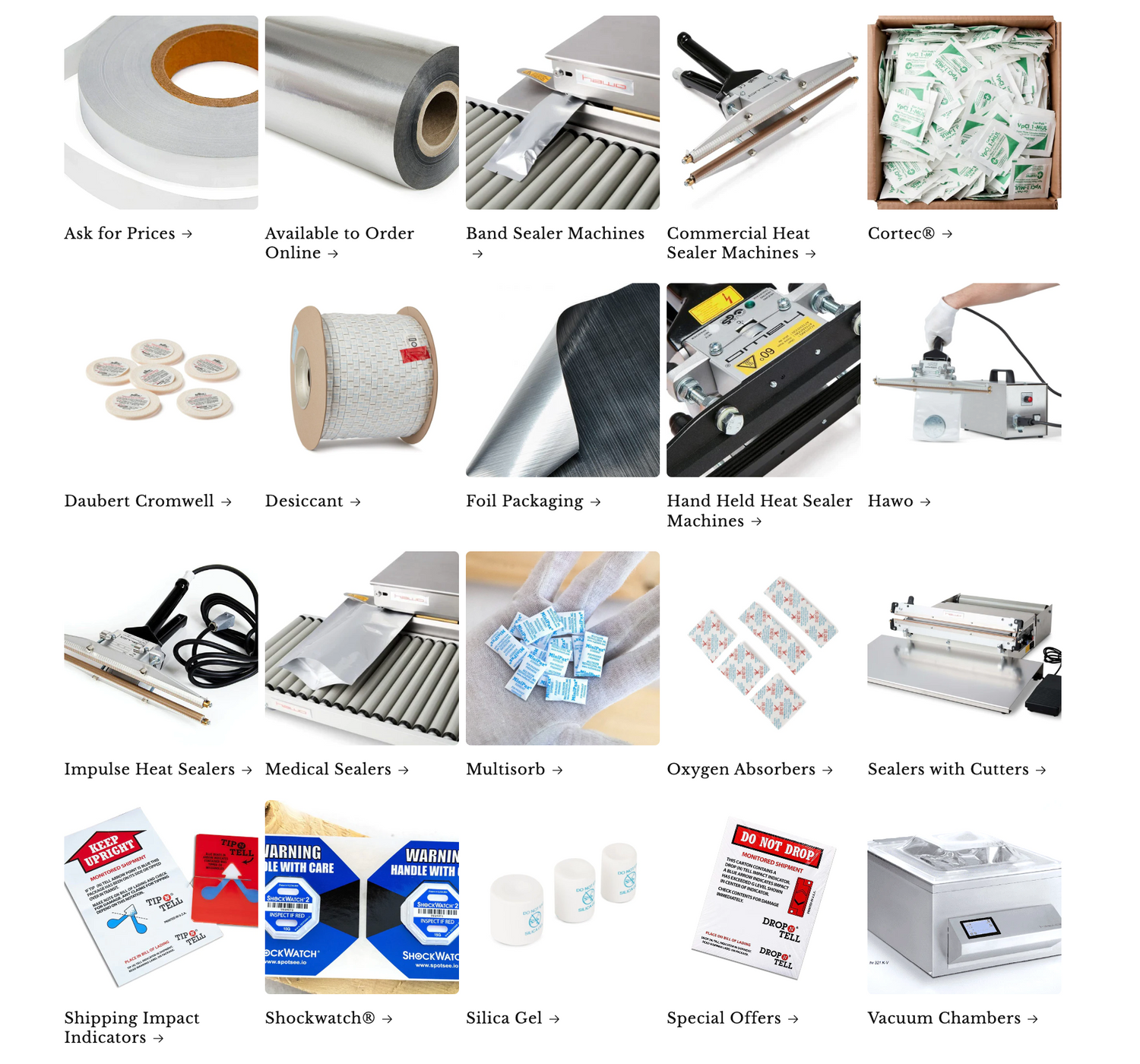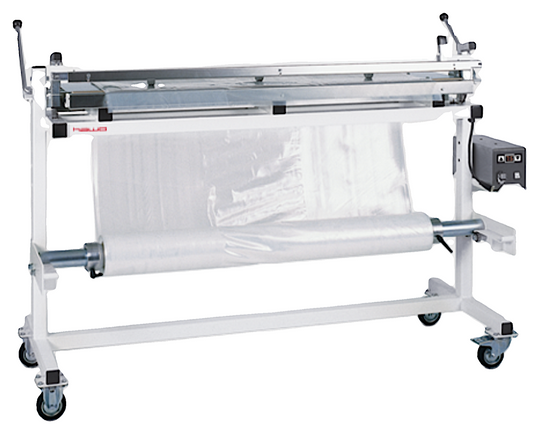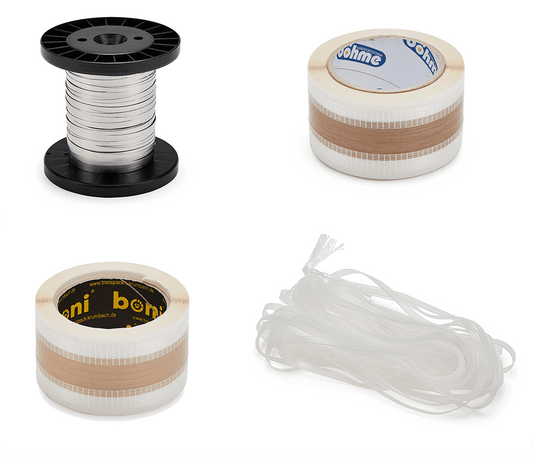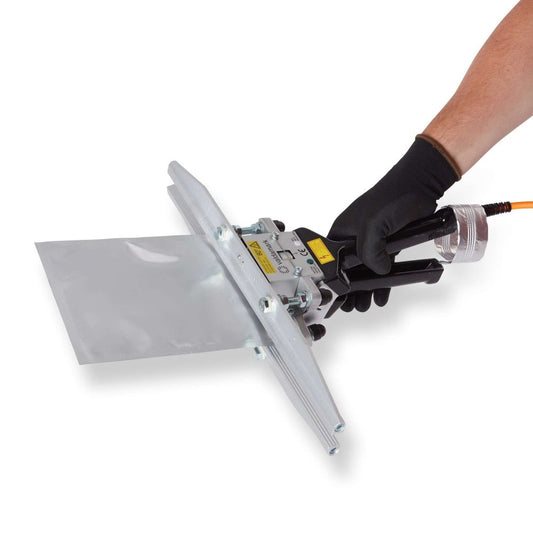Renewable Packaging in the form of Bioplastics and Biomaterials are now making their way into the mainstream.

Plant based packaging takes off!
Continuing our theme on sustainable and renewable packaging we are taking a look at some of the interesting bio alternatives now making their way into the mainstream!
Seaweed pods for holding drinking water, banana leaves to protect fresh food produce, corn starch 3D printing and nappies made from eucalyptus trees.
These are just some example of plant based packaging solutions that brands are now considering to meet consumer demands. With brands taking advantage of new technological innovations associated with plant based packaging there is more incentive than ever before. Not only does it please environmentally aware consumers but it also allows for brands to save on costs with their impressive eco friendly credentials. Particular tax which now focuses heavily on single use plastics.
The source of these new packaging solutions is very varied. Most uses focus focus around the retail markets and consumer goods but increasingly we are seeing them adopted in other areas like building materials.
Companies are intensifying their searches for viable alternatives to petroleum based plastic and foil packaging products. They are now discovering that often these plant based packaging products are actually forming a type of ‘bioplastic’.
Let me explain!
The materials we currently derive the carbon containing compounds from are most often sourced from oil and gas. It has long been known though that plants contain the same or similar carbons. Take sugar, rice and vegetable oil as the most obvious examples.
The current debate focuses around whether these bioplastics actually reduce the overall carbon footprint compared to conventional means of production. Also these crops are predominantly raised for food, does this not just divert output away from valuable food production?
Increasingly important too is the consideration that not all bioplastics are biodegradable and/or compostable.
Market data sourced from the nova institute and European Bioplastics research agencies suggests that global bioplastics production is set to increase from approximately 2.11 million tons in 2018 to about 2.62 million tons in the 2023,
Compare this to a whopping 335 million tons of petroleum based plastic produced each year. There is no comparison, Bioplastics represent less that 1% at present. The good news is though the market is expected to grow at between 20-30% each year as more brands adopt this method of production due to pressure from both consumers and government regulatory changes.
Increasing Demand for Alternative Plastic
As our climate continues to change, alternative plastics have been proposed as more sustainable choices for our planet. These include bio-based plastics derived from organisms such as plants or microbes and biodegradable plastics.
They can eventually decompose into natural substances like carbon dioxide.
Compostable plastics present yet another solution since these can be broken down in a home compost setting to release valuable nutrients back into the soil.
Each type has its own pros and cons that must be carefully considered.
While it is tempting to jump on board with any one option, it is important to remember that each of these alternatives comes with its own unique set of opportunities and risks. And manufacturers need to properly evaluate before any decisions are made.
Ultimately, making informed choices about which types of plastics to use will be critical in creating a more sustainable future. It will help reduce the production of emissions and lessen the effect of the global warming phenomenon. Also, it helps lessen our reliance on non-renewable resources like fossil fuels. By doing so we can ensure that everyone has access to clean air and water while preserving our environment for future generations.
Background
The new circular economy action plan and the European Green Deal have made it clear. Europe needs to take action to evaluate and regulate bio-based, biodegradable, and compostable plastics. By doing so, the Commission can ensure that these plastics are not just reducing resource use while averting potential negative impacts on the environment.
The aim here should be to identify where sourcing and using these resources may benefit the environment. As part of this process, the criteria to use biodegradable and compostable plastics must be taken into consideration, too.
This way, policymakers can assess how best to introduce these materials in a responsible manner. With this, they can facilitate healthier interactions between humans and nature without compromising individual health or undermining society's sustainability goals. With such an approach, citizens can be confident that using bio-based plastic resources is truly a viable option from an ecological perspective.
Bio-based Vs. Biodegradable Vs. Compostable Plastics
Bio-based, compostable, and biodegradable plastics degrade naturally over time through exposure to the elements such as sunlight, oxygen, and moisture. The most common biodegradable materials are made from polymers derived from plant sources.
While biodegradable plastics have the potential to reduce plastic pollution by lowering post-consumer waste, they also must be managed properly and disposed of in an appropriate facility. Otherwise, they will not decompose or may even have a negative impact on the environment.
Compostable plastics break down when exposed to certain conditions in compost piles. They are transformed into water vapour and biomass through microorganisms. This plastic is an attractive option for consumers looking for immediate solutions for reducing plastic waste. Compostable plastics can often be placed into home compost piles or industrial composting facilities along with other organic debris.
While all three types of bioplastic offer their own benefits and drawbacks depending on their intended use, it’s important to research the full implications before making a purchase decision. Each type of material has its own advantages. Manufacturers should weigh these pros to make an informed decision. After careful assessment, they should be able to come up with the best solutions for business needs and the environment.
Ultimately, understanding the differences between bio-based, biodegradable and compostable plastics can help businesses and consumers ensure that they are making smarter choices when it comes to sustainability.












